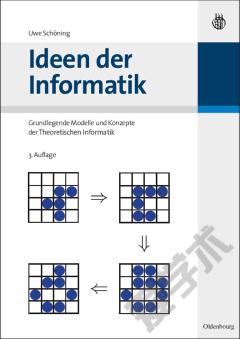Models and Managers —— The Concept of a Decision Calculus
-----
(This article originally appeared in Management Science, April 1970, Volume 16, Number 8, pp. B-466-B-485, published by The Institute of Management Sciences.) A manager tries to put together the various resources under his control into an activity that achieves his objectives. A model of his operation can assist him but probably will not unless it meets certain requirements. A model that is to be used by a manager should be simple, robust, easy to control, adaptive, as complete as possible, and easy to communicate with. By simple is meant easy to understand; by robust, hard to get absurd answers from; by easy to control, that the user knows what input data would be required to produce desired output answers; adaptive means that the model can be adjusted as new information is acquired; completeness implies that important phenomena will be included even if they require judgmental estimates of their effect; and, finally, easy to communicate with means that the manager can quickly and easily change inputs and obtain and understand the outputs. Such a model consists of a set of numerical procedures for processing data and judgments to assist managerial decision making and so will be called a decision calculus. An example from marketing is described. It is an on-line model for use by product managers on advertising budgeting questions. The model is currently in trial use by several product managers.
{{comment.content}}








 京公网安备 11010802027623号
京公网安备 11010802027623号